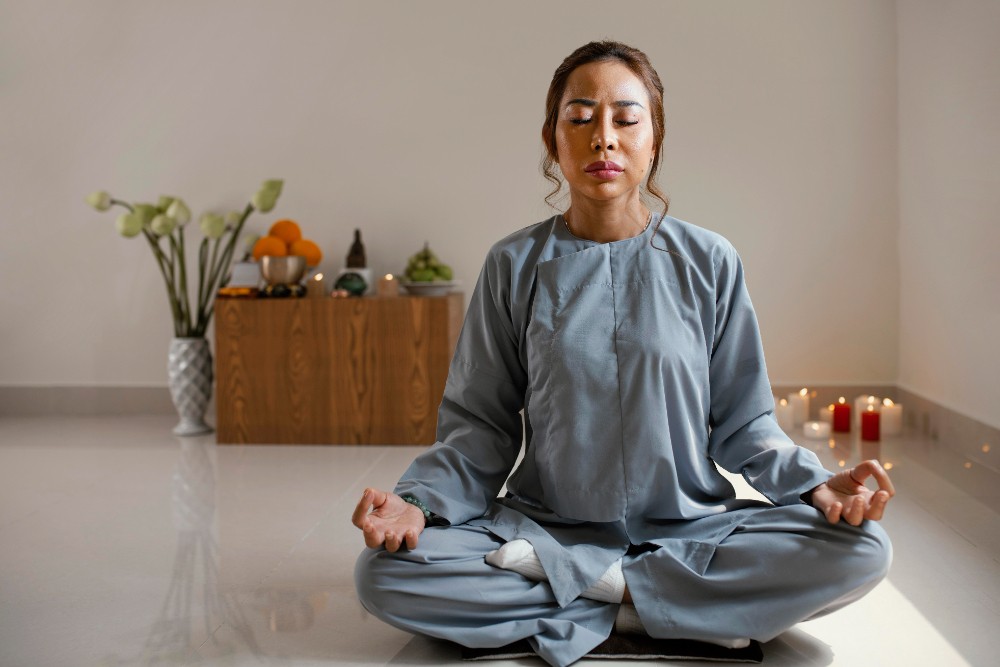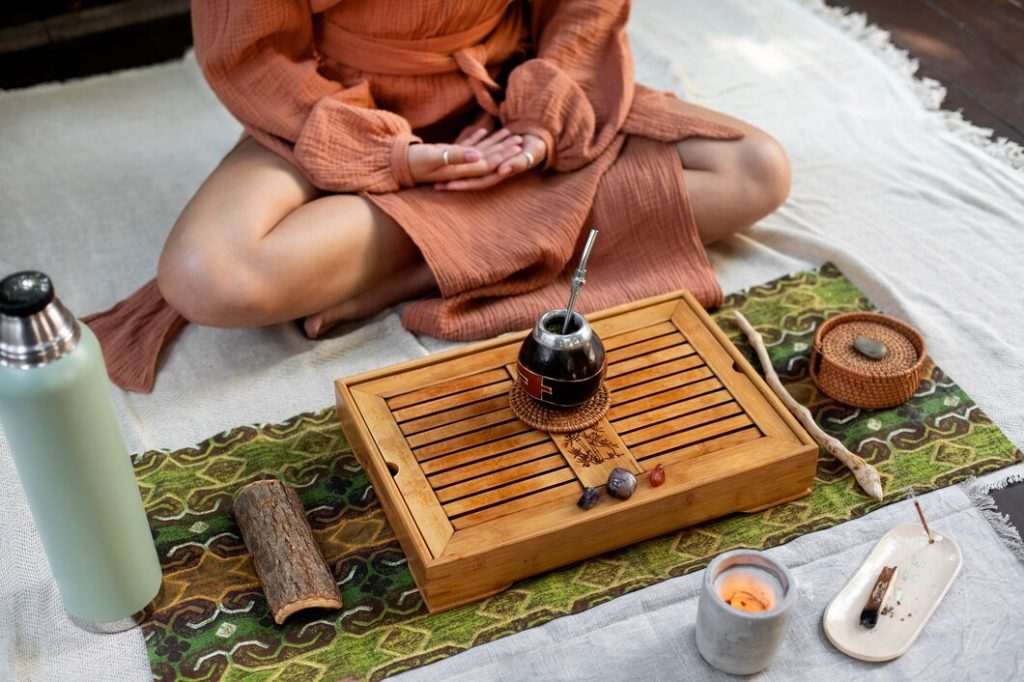Traditional Chinese Medicine (TCM) has gained popularity worldwide, but it is often misunderstood and surrounded by myths. This article aims to debunk some of the most common misconceptions about TCM, providing accurate information and dispelling misinformation.
Myth 1: TCM is Only for Treating Chronic Conditions
While TCM is highly effective in treating chronic conditions, it is not limited to them. TCM can also be used to prevent illness, maintain overall health, and address acute conditions such as colds, flu, and digestive issues. TCM practitioners often employ preventive measures to maintain balance and prevent disease.
Myth 2: TCM Relies Solely on Acupuncture
Acupuncture is a well-known component of TCM, but it is not the only modality used. TCM incorporates a wide range of therapeutic techniques, including:
- Herbal medicine: Using natural plant-based remedies to address various health concerns.
- Tuina massage: A form of therapeutic massage that manipulates the body’s qi flow.
- Qi gong: A mind-body practice that combines breathing techniques, meditation, and gentle movements to cultivate qi.
- Tai chi: A martial art known for its slow, graceful movements that promote balance, flexibility, and strength.
- Moxibustion: Applying heated moxa (mugwort) to specific acupuncture points to stimulate qi flow.
Myth 3: TCM is Based on Superstition and Folklore
TCM is not based on superstition or folklore. It is rooted in thousands of years of observation, clinical experience, and philosophical principles. TCM practitioners use a comprehensive diagnostic system that includes physical examination, pulse diagnosis, and tongue inspection to assess a patient’s overall health and identify imbalances.
Myth 4: TCM Treatments are Painful
Acupuncture is often associated with pain, but modern acupuncture techniques are generally painless or involve minimal discomfort. Practitioners use fine needles that are inserted into specific points on the body, stimulating the flow of qi and promoting healing. Other TCM modalities, such as herbal medicine and massage, are typically gentle and relaxing.
Myth 5: TCM is Incompatible with Western Medicine
TCM and Western medicine can complement each other. Many people integrate TCM treatments into their overall healthcare regimen to address chronic conditions or manage symptoms that are not adequately addressed by Western medicine. It is essential to consult with qualified TCM practitioners who can work collaboratively with Western medical professionals to provide comprehensive care.
Myth 6: TCM Treatments Have No Scientific Basis
While TCM’s theoretical framework may differ from Western medicine, there is growing scientific evidence supporting its effectiveness. Numerous studies have investigated the mechanisms of action of TCM treatments, such as acupuncture and herbal medicine, and have found positive outcomes for various health conditions.
Myth 7: TCM Treatments Are Only Effective for Chinese People
TCM is not exclusive to Chinese people. It has been adapted and practiced in many countries worldwide, with practitioners treating patients from diverse cultural backgrounds. TCM principles can be applied to a wide range of health conditions, regardless of ethnicity or nationality.
Myth 8: TCM Treatments Are Expensive
The cost of TCM treatments can vary depending on the specific modalities used, the practitioner’s experience, and the location. However, many TCM practitioners offer affordable treatment options, and some insurance plans may cover certain TCM services. It is advisable to inquire about pricing and payment options when seeking TCM care.
TCM is a valuable healthcare system with a rich history and a growing body of scientific evidence supporting its effectiveness. By debunking common myths and providing accurate information, we can promote a better understanding of TCM and encourage its integration into mainstream healthcare.





